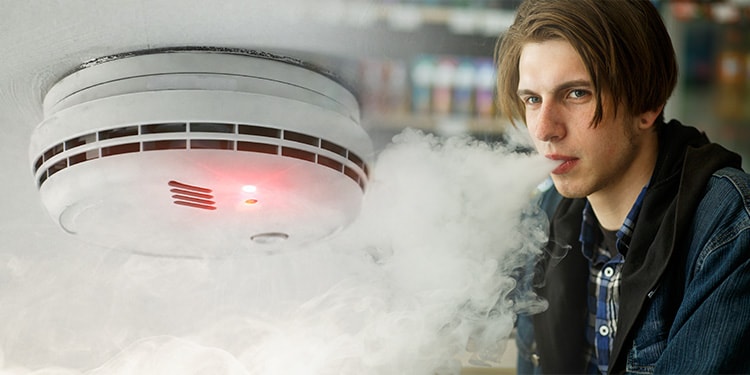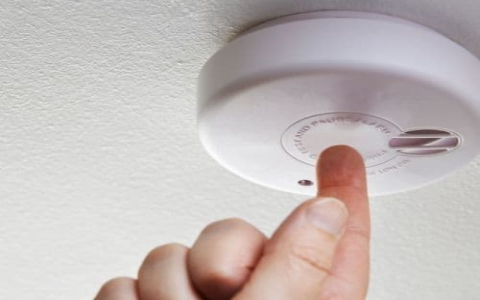Yes, electronic cigarettes can set off smoke detectors. While they produce an aerosol (commonly referred to as vapor) rather than smoke, the density and particle size of this vapor can be sufficient to trigger certain types of smoke alarms.
How E-cigarette Vapor Affects Smoke Detectors
E-cigarette vapor is composed of particulate matter, primarily propylene glycol (PG), vegetable glycerin (VG), flavorings, and potentially nicotine. These particles, though different from smoke particles produced by combustion, can interfere with the sensing mechanisms of smoke detectors.

Detector Types and Likelihood of Activation
- Photoelectric Detectors: These detectors are generally more likely to be triggered by e-cigarette vapor. They operate using a light beam; when particles enter the chamber and scatter the light, the alarm is activated. The visible vapor from e-cigarettes can readily scatter light, mimicking the effect of smoke.
- Ionization Detectors: These detectors are typically less sensitive to e-cigarette vapor compared to photoelectric ones but can still be activated, particularly by very dense vapor clouds. Ionization alarms use a small amount of radioactive material to ionize air between two electrically charged plates, creating a current. Smoke particles disrupt this current, triggering the alarm. Sufficiently dense vapor can cause a similar disruption.
- Heat Detectors: These are highly unlikely to be set off by e-cigarettes. Heat detectors respond to a rapid rise in temperature or a specific high temperature, neither of which is produced by vaping.
- Dual Sensor Detectors (Photoelectric/Ionization): The likelihood of activation will depend on the specific sensor that detects the vapor, but the presence of a photoelectric sensor makes them susceptible.
Factors Influencing Activation
Several factors can increase the probability of an e-cigarette setting off a smoke detector:
- Proximity to the Detector: Vaping directly underneath or very close to a smoke detector significantly increases the risk.
- Density of Vapor: Larger, thicker clouds of vapor (often produced by sub-ohm devices or direct-to-lung vaping styles) are more likely to trigger an alarm.
- Room Ventilation: Poorly ventilated spaces allow vapor to accumulate and become more concentrated, increasing the chance of detection.
- Detector Sensitivity and Age: Some detectors are inherently more sensitive. Older units or those with dust accumulation might be more prone to false alarms from various airborne particles, including e-cigarette vapor.
To minimize the risk of unintentionally setting off a smoke alarm, it is advisable to vape in well-ventilated areas, avoid exhaling vapor directly at or near smoke detectors, and consider the type of device and e-liquid being used (higher VG content often produces denser vapor).









